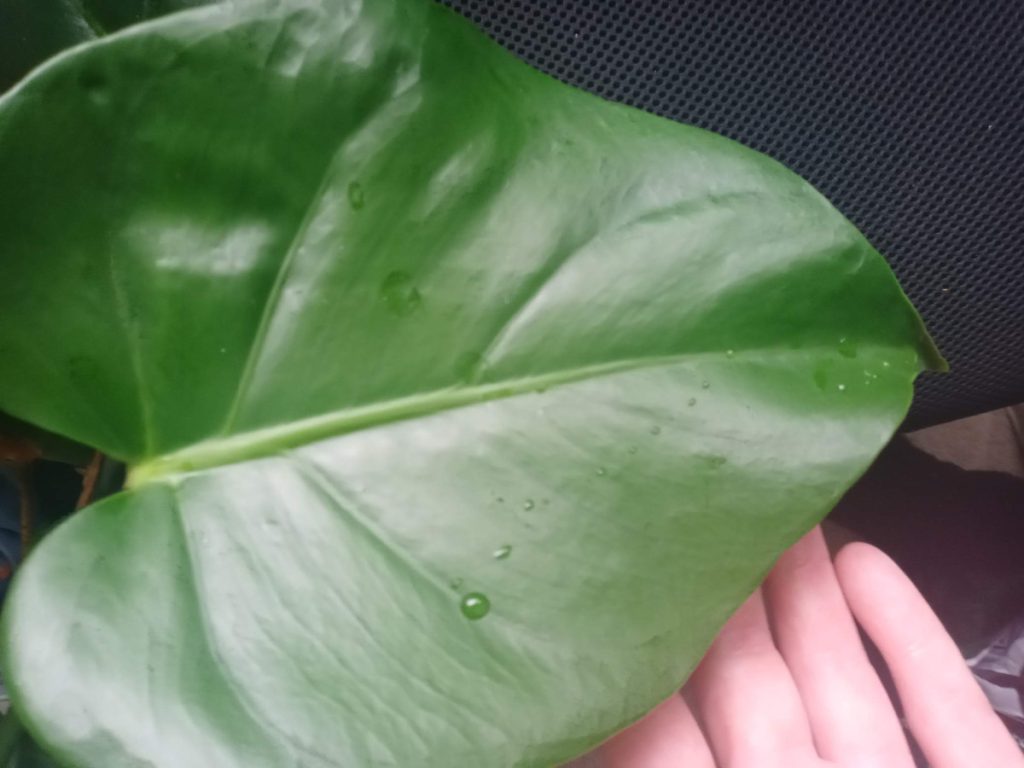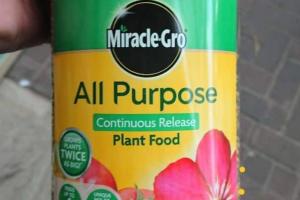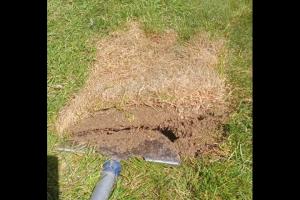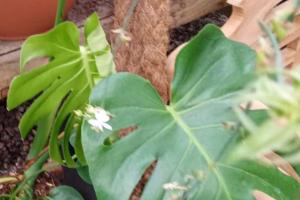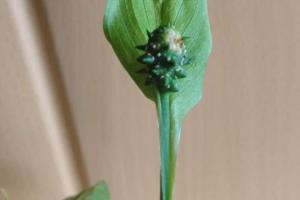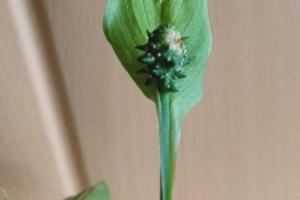How to Grow and Care for Monstera Deliciosa
Monstera Humidity Requirements (Mist Monstera Regularly)
Monstera are native the humid tropical jungles of Guatemala so they often appreciate some additional humidity when grown indoors, particularly if you live in a hot and dry climate that is significantly at odds with their preferred growing conditions.
However monstera are hardy and adaptable and I have seen them growing in less then ideal conditions with lower levels of humidity.
If you want to ensure the best chances of success with growing monstera then I recommend misting the leaves twice a week. This creates a humid micro climate around the leaves which replicates the humid conditions the monstera prefers.
Misting also helps reduce excess water loss from monstera plants can help ensure the monstera has right balance of moisture.
The need for misting the leaves increases if the temperature rises above the optimal 85°F (29°C) temperature range or the monstera is a draughty area.
It is also important to mist more often in the Winter if you are using indoor heating as cooler air inherently carries less moisture reducing the humidity, but the humidity often further decreases as indoor heating can sap the leaves and soil of moisture, particularly as heating increases the temperature in the evening which is at odds with monstera’s habitual temperature cycle in its natural habitat.
(To learn more, read my article, how to water monstera plants).
Wipe the Leaves of Your Monstera Every Month
It is important to wipe the big glossy monstera leaves with a damp cloth every so often as dust can settle on the leaves. The dust does not necessarily harm the plant as such, but a layer of dust can interfere with photosynthesis and therefore slow the rate of growth.
How Often to Fertilize Monstera Plants for Optimal Growth
Monstera plants grow quite quickly in the growing season with new leaves unfurling every 2 weeks or so.

However it should be noted that monstera is not an especially heavy feeder despite its rate of growth. Too much fertilizer applied too often can burn the roots can be the cause of a dying monstera.
Apply an all purpose houseplant liquid fertilizer every month from Spring to the middle of Summer to provide the monstera with all the nutrients it needs at the right concentration to ensure big healthy leaves with lots of fenestrations.
It is not necessary to fertilize your monstera in the Fall or Winter as this can promote growth at a time of year with fewer hours of daylight which can cause your monstera to be droopy.
The Best Temperature Range for Monstera Deliciosa is 65°F to 85°F (18°C to 29°C)
Monstera can survive in temperatures as low as 50°F (10°C) however they do not tend to grow or develop new leaves at this temperatures.
Typically the temperature has to be above 65°F for optimal growth with 65°F to 85°F being the optimal range for healthy growth.
Monstera deliciosa is a hardy indoor plant that can tolerate a range of temperatures, but typical room temperature is ideal.
It should be noted that monstera do not relish sudden fluctuations in temperature such as a blast of cold air from an open door or being located too close to indoor heating so find a fairly consistent area for your monstera.
Why is my Monstera Sweating and Dripping Water?
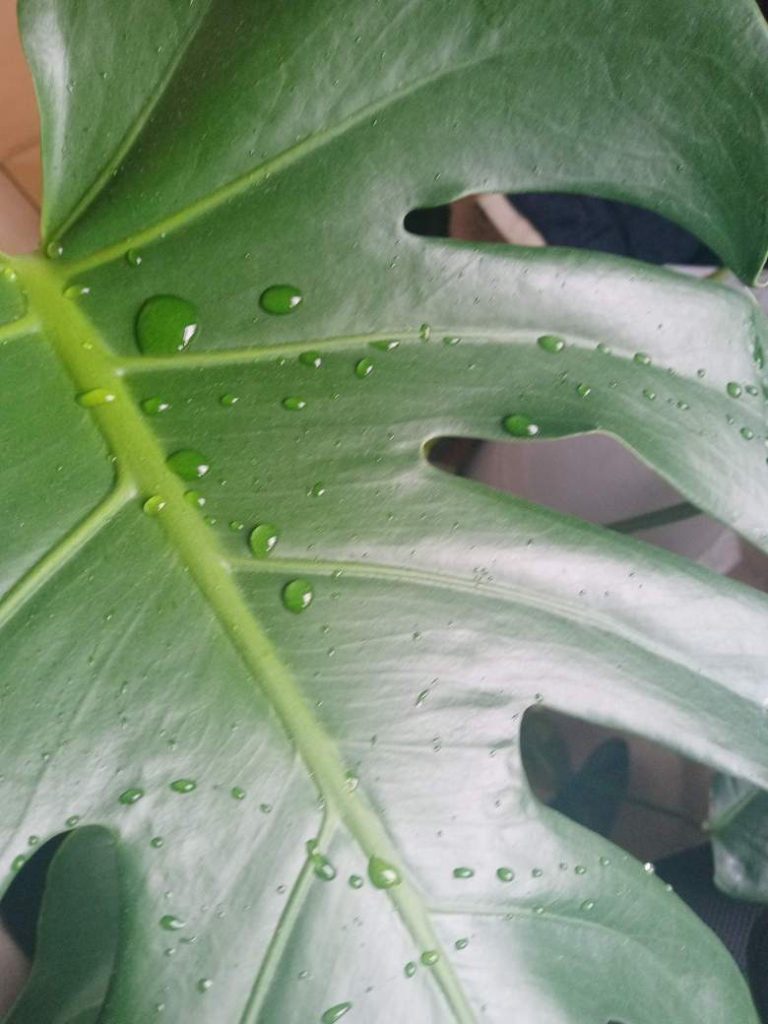
Monstera leaves can drip water due to a process called guttation which is where excess water, sugars and and various inorganic compounds are exuded through the leaves due to a slight pressure in the roots which forces excess water to excrete through pores in the leaves.
Due to the presence of sugars and compounds such as potassium in the fluid (known as xylem sap) when the fluid evaporates it often leaves a slight white mark on the leaf.
Typically this happens as a result of the damp soil and relatively high humidity, so if you are in a humid climate this is more likely to be a problem.
In which case it may be necessary to leave it a day or two longer between each bout of watering.
However a sweating leaf can also be because the soil is too dense and retains moisture for too long.
Monstera need loose soil, so if your monstera is constantly sweating even after reducing the frequency of watering then I recommend repotting the monstera in the Spring or Summer and using a potting medium of 2/3’s normal potting soil and 1/3 pine bark based potting mix, which creates the porous soil structure to allow excess water to drain away more efficiently.
If it only happens occasionally then it is not a serious cause or concern, sometimes my monstera drip water after watering in the Summer if the weather is humid and the plant is thriving.
Why are My Monstera Leaves not Splitting?
If your monstera leaves do not split and form their characteristic fenestrations then this indicates there is an environmental problem which is usually because of the monstera does not have enough light.
Without enough light the monstera does not have enough energy to grow the larger leaves the develop the Swiss cheese appearance.
Therefore the solution is to relocate your monstera to a brighter room. I personally grow my monstera plants in a room with a South facing window, ensuring that the monster is not in any direct sunlight as this is likely to scorch the leaves.
You can also use a grow light (available online and at garden centers) if your room does not get enough natural light which can help the fenestrations to form and increase the rate of growth.
All of the larger leaves of my plant have a great formation with the characteristic Swiss cheese look.
However it should be noted that often the lower, smaller leaves of monstera deliciosa do not form the Swiss cheese appearance which is completely normal.
